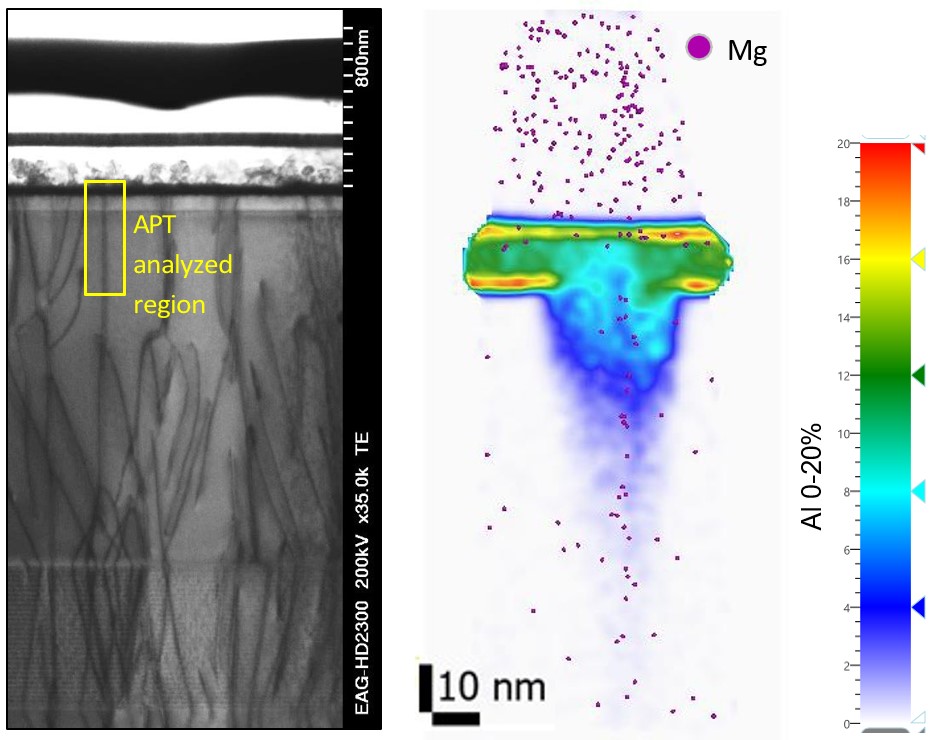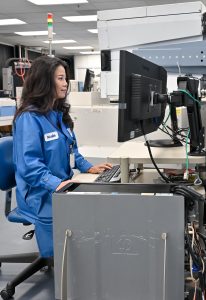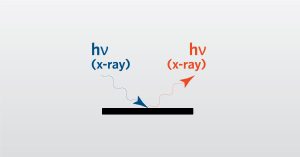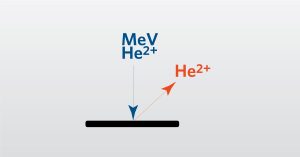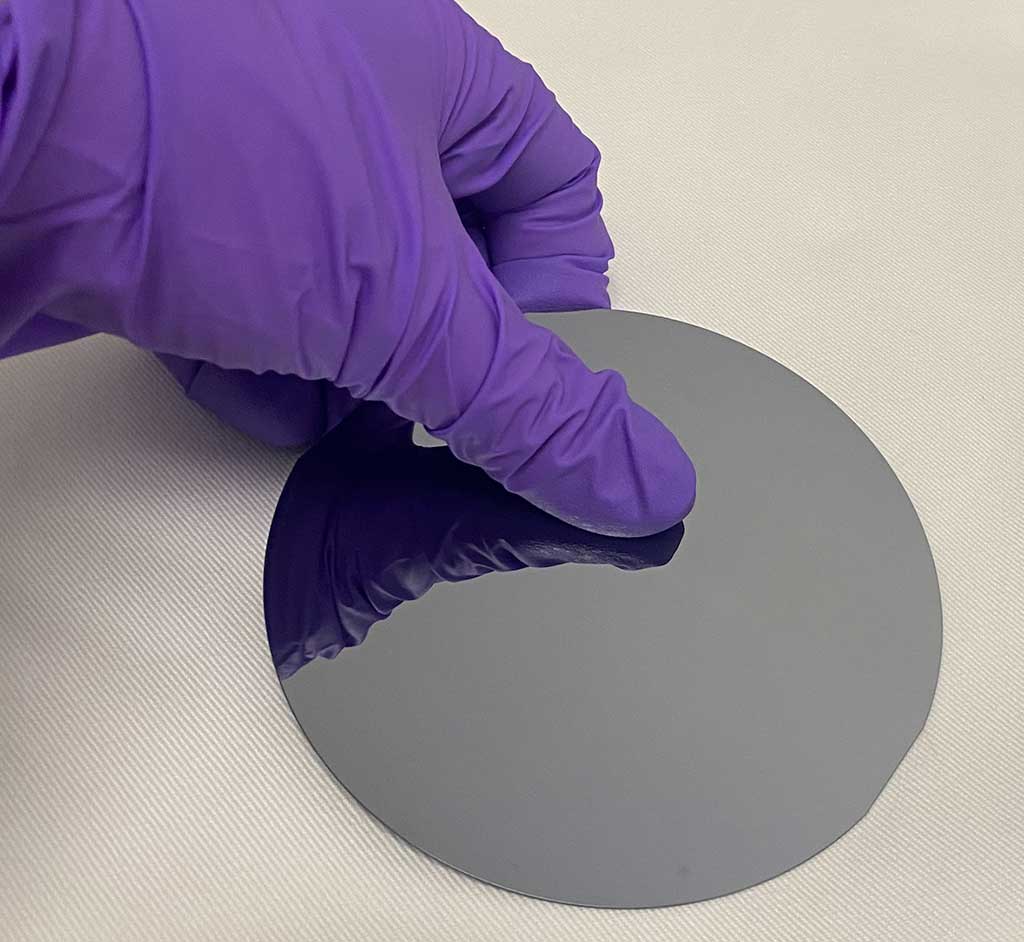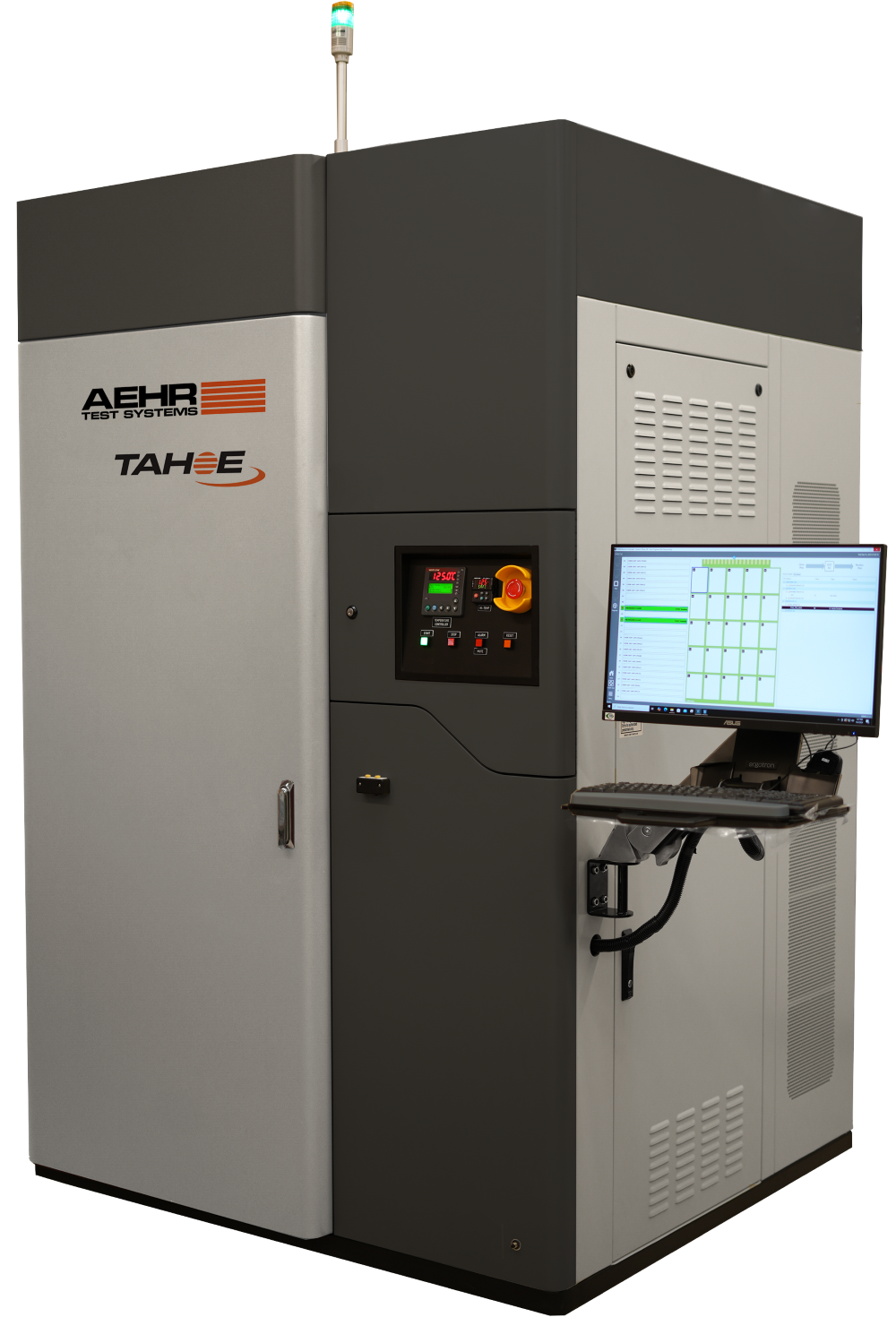
Eurofins EAG Expands Reliability Testing with Aehr Systems Tahoe Burn-In System
Eurofins EAG Laboratories has added the Aehr Sytems HP Tahoe Burn-In System, further enhancing its capabilities in stress testing and qualification of high-power and low-power semiconductor devices.

